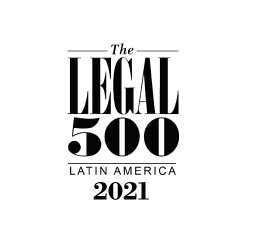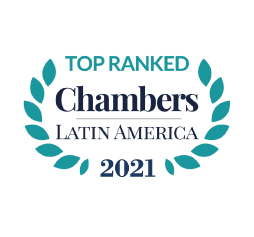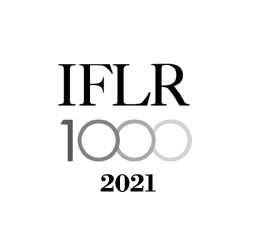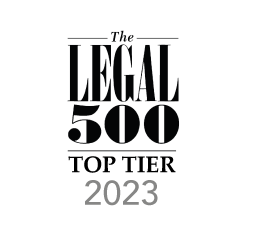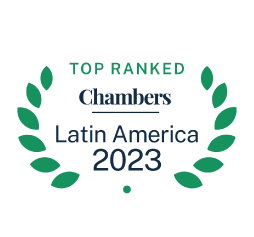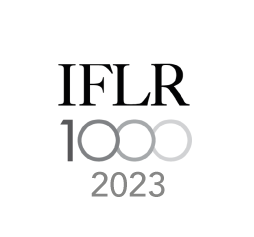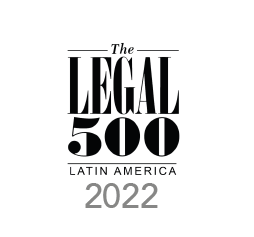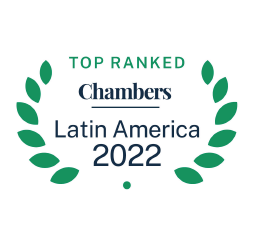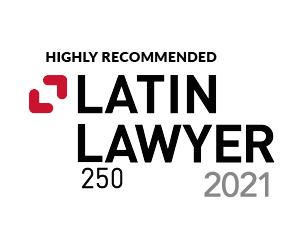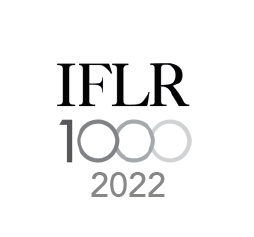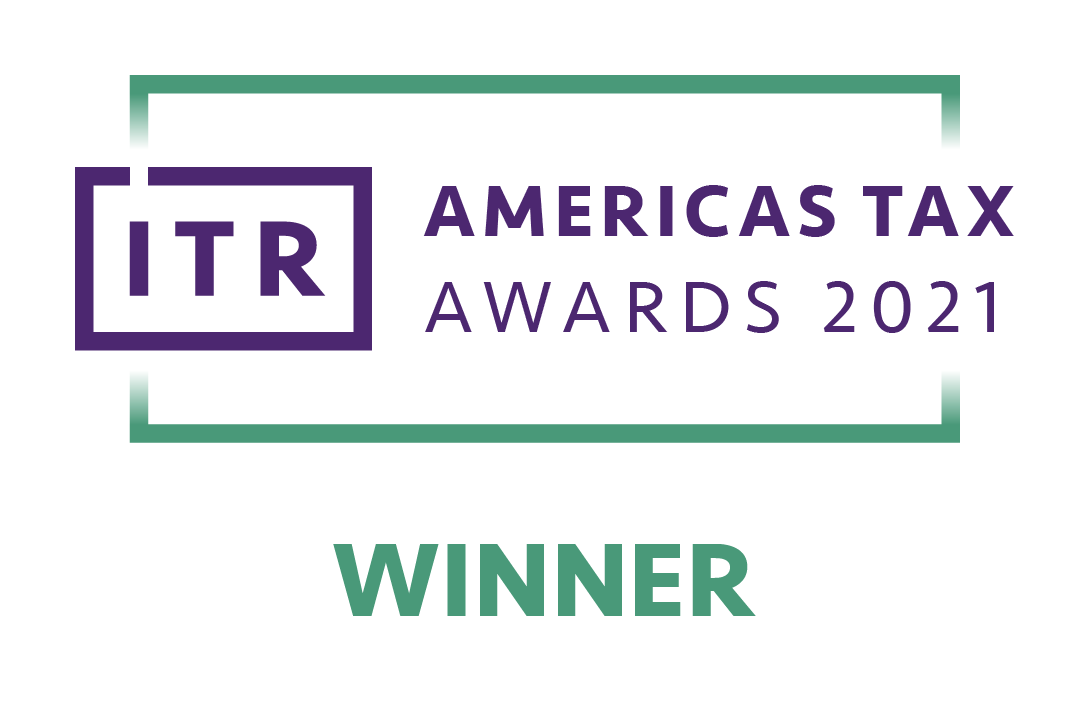2021 began with a general feeling of hope, a sentiment reinforced by the launching of a series of vaccines against COVID-19, and also as different governments around the world began announcing and putting into force their immunization plans. We also started the year with lessons learned. Last year’s experience with the pandemic reeducated us in many ways: we now have a new and increased appreciation for health, family and work. Today, things that seemed simple and common in the past have transformed into valuable and exceptional events, as is the case of having a conference followed by tea with our dear PTMG colleagues from around the world. As we remain hopeful that we will soon be able to meet again, we must now adapt to new technologies, new work tools and new methodologies so that we can go back to the so-desired ‘normal’ as soon as possible. It is within this context that I would like to share with you the following appraisal of what was discussed during the PTMG virtual Spring Conference held in March 2021, regarding the efforts and challenges faced by the pharmaceutical industry during the COVID-19 pandemic.
This was PTMG@home 2nd virtual encounter and took place over the course of two days, March 15 and 16. Normally it is our colleague Frank Meixner who chairs the session, but unfortunately, due to technical issues, he was unable to do so. Following the announcement at the AGM, Myrtha Hurtado-Rivas stepped in, doing an excellent job as the new PTMG Chair.
Mr. Nick Redfearn, Deputy CEO and Enforcement Head at Rouse & Co started off the first session on March 15 with the topic: anti-counterfeiting during the COVID-19 pandemic. He explained the pandemic had led to a rise in the demand for health products, which in turn caused an increased risk of being exposed to or purchasing counterfeit products. Most pharmaceutical IP owners have a number of suppliers in China and India, which are the largest source markets.
They also happen to be the ‘usual suspects’ who adopt the classic pattern of counterfeit goods (including counterfeit masks, PPE kits, hand sanitizers, fake testing kits, unregulated medicines and regulated medicines), made on several key markets and shipped through transshipment ports into target markets in the US, South East Asia, Africa and Europe. Although challenging, Mr. Redfearn believes that Customs is the only place where we might find a solution for this issue. His recommendation for colleagues was that IP owners should get more involved by dutifully filing customs recordals, having extensive customs programs in China, training customs authorities and lobbying for more seizures at import markets.
In the second half of his presentation, he mentioned how the pandemic also resulted in a huge boom in e-commerce and online transactions. This has resulted in an increase in sales of counterfeit products, illicit websites, illegal activities such as phishing, etc., as well as the dark web. The sheer volume of platforms is a problem, as platforms struggle to cope. Platforms are working on this, but the software is still developing, and while some platforms are using Artificial Intelligence (AI) tools, others prefer to simply wait for notices to come in so as to take products down. All of this has exposed the weakness of global IP enforcement infrastructure, including the challenge of traditional enforcement programs and online pharmacy, as well as the complex blend of illegalities. Mr. Redfearn recommends that organizations such as PTMG work with regions where customs are weaker and collaborate in order to find solutions.
With this, Mr. Nick Redfearn closed an excellent presentation, in which he not only presented current challenges IP owners face, but also possible solutions that could be applied, that would not only benefit IP owners, but consumers, clients and communities.
Ms. Zuzana Hecko, Senior Associate at Allen & Overy and leader of its Intellectual Property Practice in Slovakia was in charge of presenting the second topic of the first day: Legal and Ethical implications of Artificial Intelligence in healthcare. She started by providing a useful division of categories in which we can find AI in healthcare: 1) diagnostics, 2) software that accompanies medical devices, and 3) lifestyle and wellbeing apps. Also, as Ms. Hecko noted, we are living in times where smartphones are replacing diagnostic devices, and remote healthcare has been accelerated by the pandemic. The legal issues related to AI are plenty: regulatory, certification, privacy, cybersecurity, copyright, contracts, to name a few.
And with the European Union Medical Devices Regulation (MDR) being postponed from 2020 to 2021, one key question is: will software be included as a medical device? Lifestyle and wellbeing apps are not considered medical devices, but the definition states that software can be a medical device if: 1) it is intended by the manufacturer to be used by human beings for medical purposes, 2) the intended purpose as described by the manufacturer is relevant for the qualification and classification. This has resulted in some challenges. Despite the MDR being delayed, many Notified Bodies (NBs) stopped accepting devices seeking renewal MDD certificates, and although products with a valid certificate can continue to be marketed after the MDR as long as there are no significant changes, requirements around technical documentation have tightened. This is definitely something to note and observe as the MDR process continues to develop.
With regards to AI and Ethics, Ms. Hecko remarked that what is considered to be an acceptable use of data is fluid and changing. Ethical AI in healthcare is comparable to other sectors. This includes privacy and surveillance, bias and discrimination, as well as the role of human judgment. Ethical principles are closely tied to privacy laws and this implies a complex risk management challenge. Regulators also seem willing to use legislation to penalize organizations that fail to process data in an ethical matter. This is particularly sensitive since data is the lifeblood of AI, as it is needed to train the algorithm. If its collection is deficient, the data used to train the algorithm can also lead to poor quality output. She ended her presentation by suggesting that company board members become involved in ethical questions. She also recommended that data ethics principles be developed with regular reviews, and ethical considerations be embedded into the DNA of products and services.
I fully agree with Ms. Hecko’s wise recommendation of engaging board members into ethical questions, instead of simply deriving them to lawyers and compliance teams. Ethical questions and decisions are too important to
compartmentalize and often are business pillars that guide companies both in their daily work as well as their future plans.
The third and final topic for the first day was presented by Mr. Julius Stobbs, founder of Stobbs, who spoke about the implications of Brexit with respect to falsified medicines. He explained how the EU has the Falsified Medicines Directive (FMD), which was implemented to heighten security in the region, making it difficult for falsified medicines to enter the legal market. Its main features include: obligatory safety features like a Unique Identifier (UI) and Anti Tampering Device (ATD), a common EU-wide logo to identify legal online pharmacies, tougher rules on the import of active pharma ingredients, and strengthening recordkeeping requirements for wholesale distributors along the supply chain. With Brexit, the FMD no longer applies to the United Kingdom, where the legal framework reverted to the Human Medicines Regulation 2012, which does not have the equivalent safety features of the FMD. This has resulted in parallel imports, with a one-way exhaustion. Although not perfect, Mr. Stobbs thinks that the FMD protected the UK better, and that now there may be a higher risk as counterfeit producers may choose to send their products where controls are less strict. There is also a heightened risk of products being re-sold by third parties within the EEA in a parallel market, usually with the purpose to exploit price differences among EEA states. He closed his presentation with an analysis of possible scenarios occurring in the UK now that the FMD will not apply. It could either go under the old regime, which seems looser and riskier, it could stay under the EU position, which would be simple if not unlikely, or it could apply a new, UK-specific system.
It will be interesting to see what UK policymakers will come up with, as well as what the European Union’s reaction will be. Whatever they choose, they should keep in mind that a parallel market in falsified medicines has more serious implications as they involve human life and health.
The second session of the virtual conference took place on Tuesday, March 16, and began with Mr. Michael Watson of Mevox Ltd.’s presentation of how the pharma industry tackled the challenge of COVID-19.
He started by explaining that COVID-19 did not just show up spontaneously, the risk of a pandemic was always very high. Coronaviruses have been around for a while as seasonal, epidemic and pandemic diseases in man. This specific coronavirus, SARS-CoV-2 virus, is an RNA virus, which means that it is prone to mutating into new variants. Mr. Watson then went into describing what we already know: that it attacks older adults more than younger populations, that it is worse in colder seasons, and why ‘flattening the curve’ strategies were adopted by the great majority of countries. Pharma knew that it would not be able to develop a vaccine before that first peak, but it also knew that it had 12 months to get the job done before the next large peak hit. Pharma also had to target the vaccine to the population that was most at risk, which studies showed were the elderly and male patients. Vaccine development for this coronavirus was carried out in recordbreaking time, with some technologies developing faster than others. This shortened timeframe resulted in people having different attitudes towards vaccine options, with percentage efficacy, durable effect, fewer side effects, source, and endorsement being the most influential factors on their opinions. He stated what we now know is key: it is imperative to get herd immunity as soon as possible, so that we stop transmission and prevent more variants from developing. Should we be successful in achieving this, COVID-19 will probably turn into a less serious disease like the flu, where less people will die from it.
Mr. Watson’s presentation was an insightful summary of what has happened backstage in the pharma industry during the pandemic, and his experience working as part of Moderna’s team definitely provided him, and in turn us, with an insider’s view of vaccine development.
The last topic of the day and session was Margret Knitter’s (of SKW Schwartz) International Case Round up. Margret presented fascinating case studies from around the world, with both absolute and relative grounds. A couple of relative grounds cases she mentioned were Genetic Nutrition GN Laboratories (GN) v General Nutrition Investment Co (GNC) and Kerry Luxembourg Sarl (TasteSense) v Dohler GmbH (Multisense). For the first case, the General Court of the EU decided that they were the same, based on the general rule that consumers always focus on the first part of the word. However, this case stood out because letter words are not generally used for this principle. In the second case, the part in controversy was the word ‘sense’, which was argued as being common and related to flavour. Surveys were carried out in countries where they thought the population has the least knowledge of English (Poland and Spain, in this case), to see if this could be contested. However, the court ruled that it was similar, as it did not pass the test in Spain. Margret then went on to present case studies regarding absolute grounds. Of the many examples provided, two were of most interest to me due to the singularity of the courts’ decisions. One, involving Voco GmbH v EUIPO on 3D Shapes under Class 5: Dental preparations and articles and Class 16: Packaging materials; Blister packs for packaging. The principle for 3D Shapes is that only if the shape significantly varies from other designs in the industry, can it indicate origin. The examiner of the Board of Appeals decided to ‘google’ shapes in the dental sector and arrived at the conclusion that the shape was different enough to grant the trade mark objection. This was one of the rare examples where 3D marks are accepted. The second case I wanted to share with you was the case of Santa Conte v EUIPO for Cannabis Store Amsterdam, regarding trade marks contrary to public policy. The court ruled against Cannabis Store Amsterdam, stating that it went against legislation in other EU countries despite cannabis tolerance in Europe, and was rejected.
Margret’s presentation exhibited numerous and noteworthy case studies from which all of us can learn and use as references to protect our IP owner’s marks. And with this last presentation, PTMG@home concluded.
While it would have been infinitely more pleasant to meet, reunite with colleagues and get to exchange opinions in person, technology has once again allowed us to carry out this very fruitful encounter. We must not forget to thank our sponsors: Baker & McKenzie, Corsearch, Fross Zelnick Lehrman and Zissu, SMD Group, United Trademark and Patent Services and Womble Bond Dickinson (US) LLP.
Barbara Dollstadt
BKM | Berkemeyer

